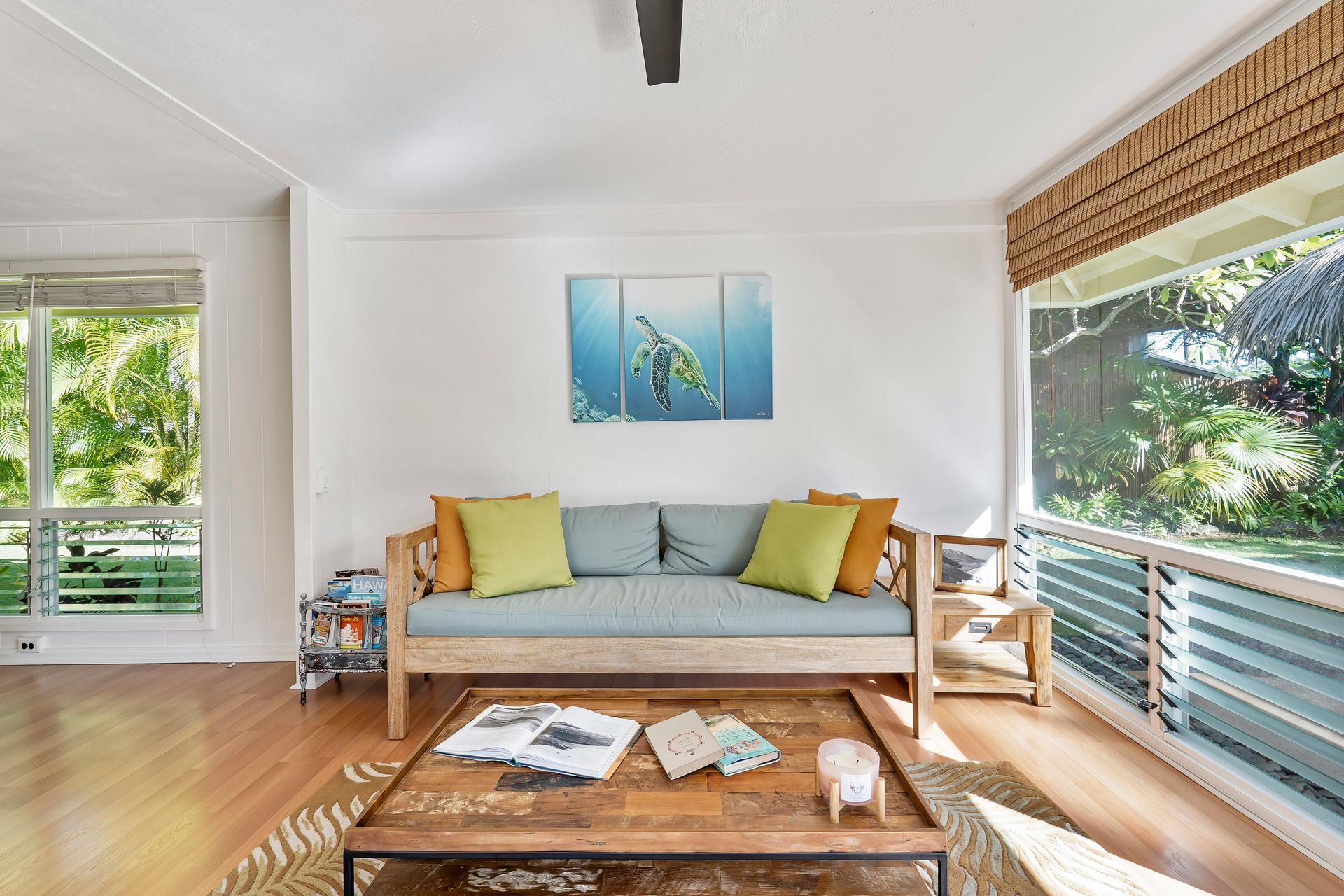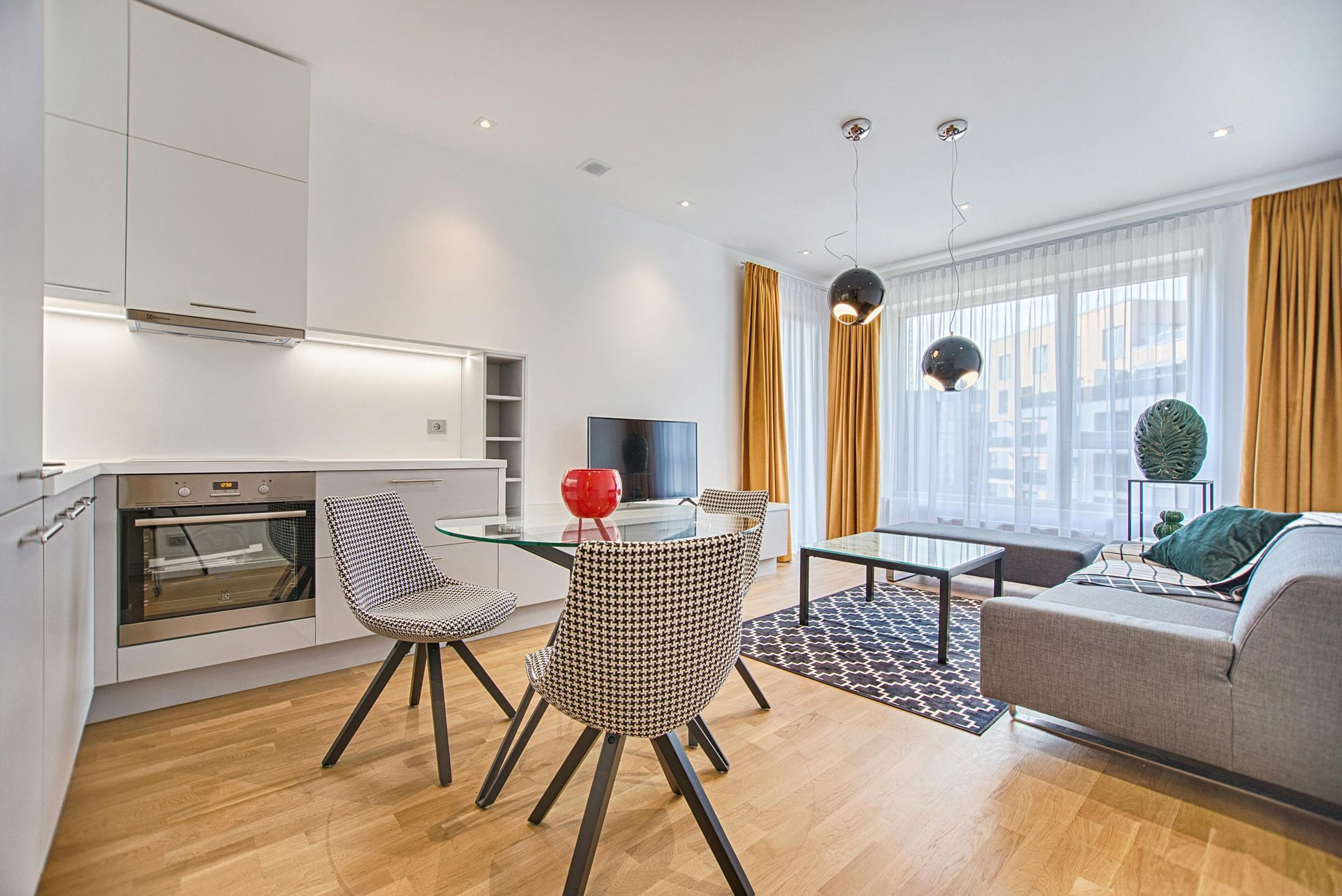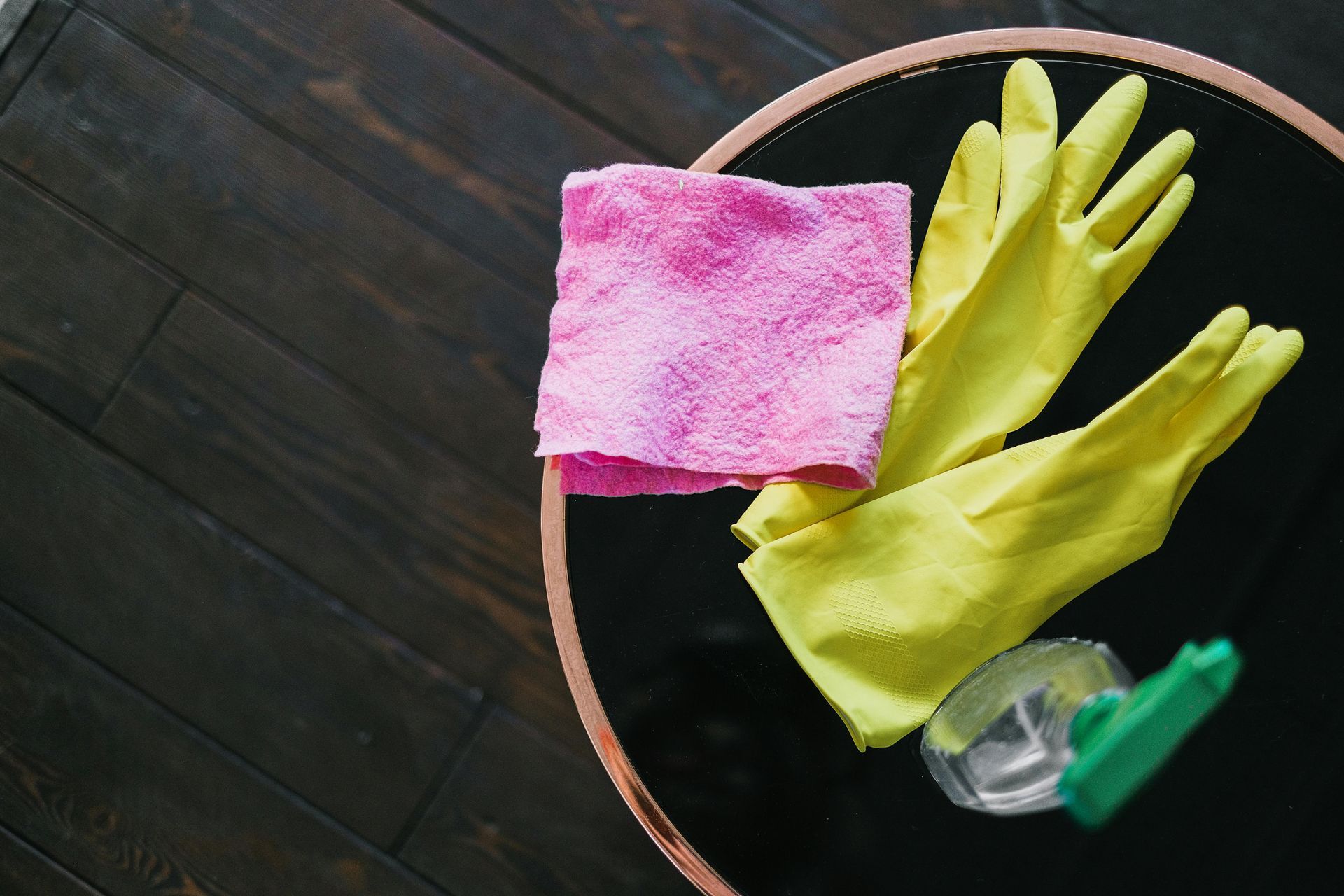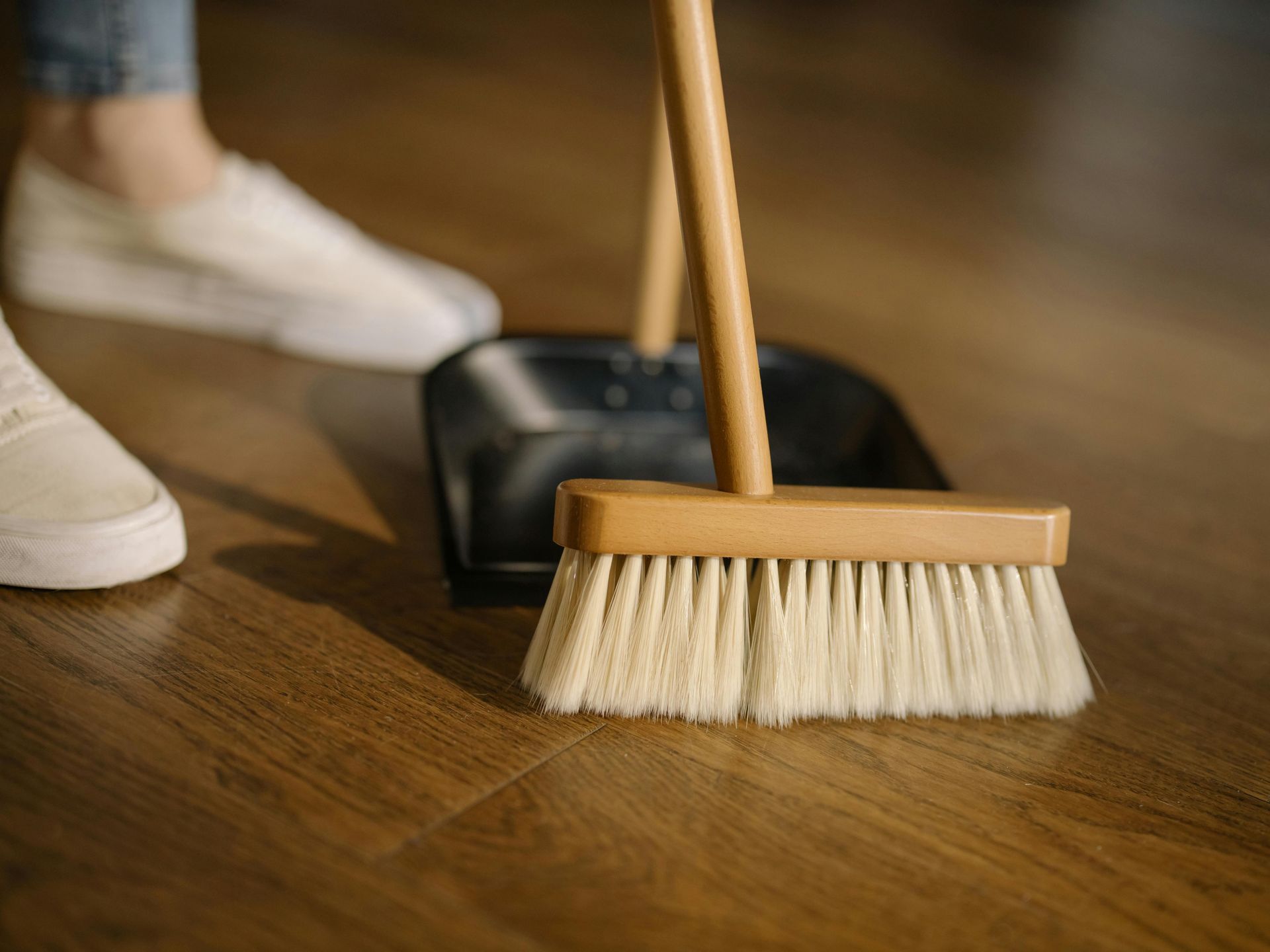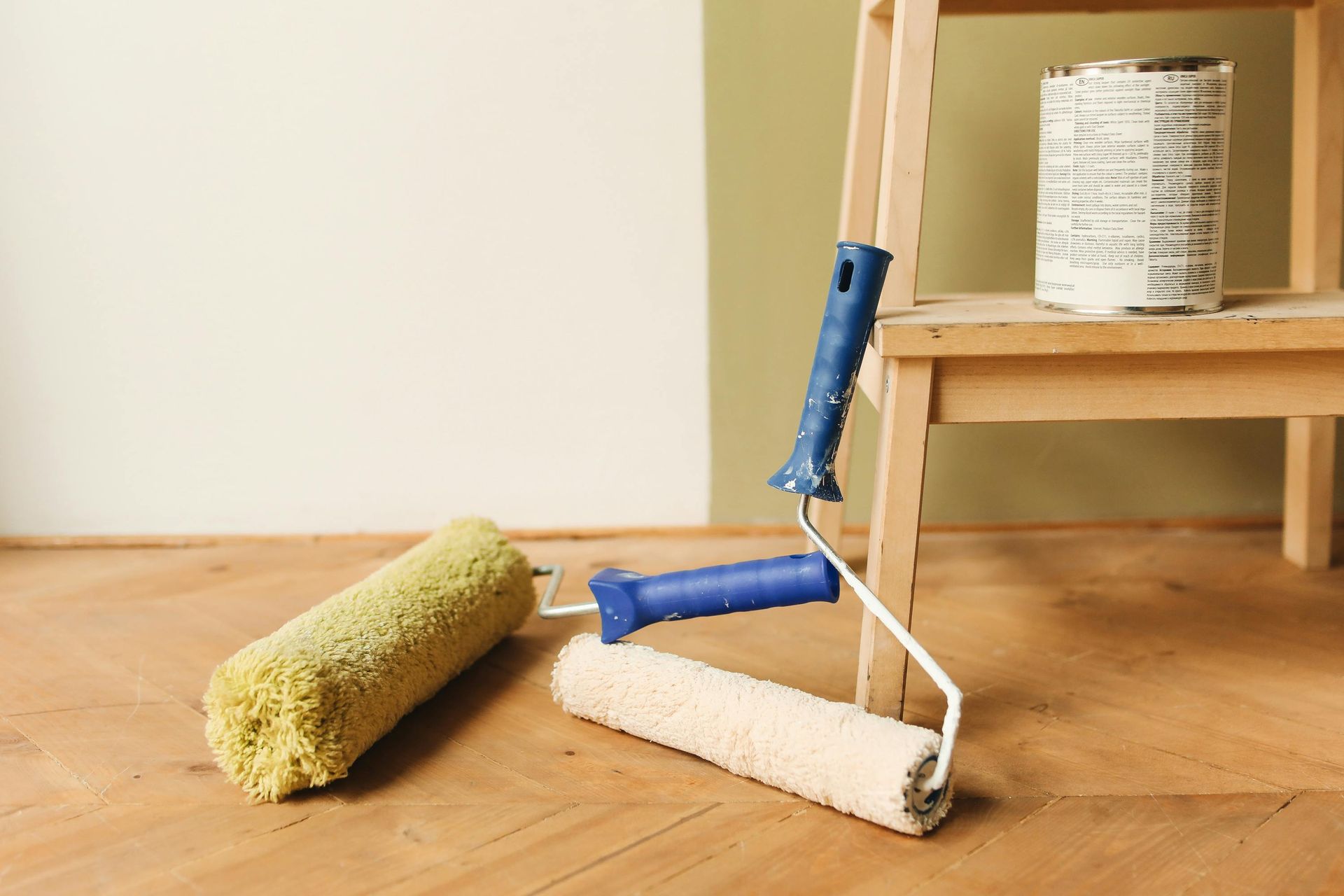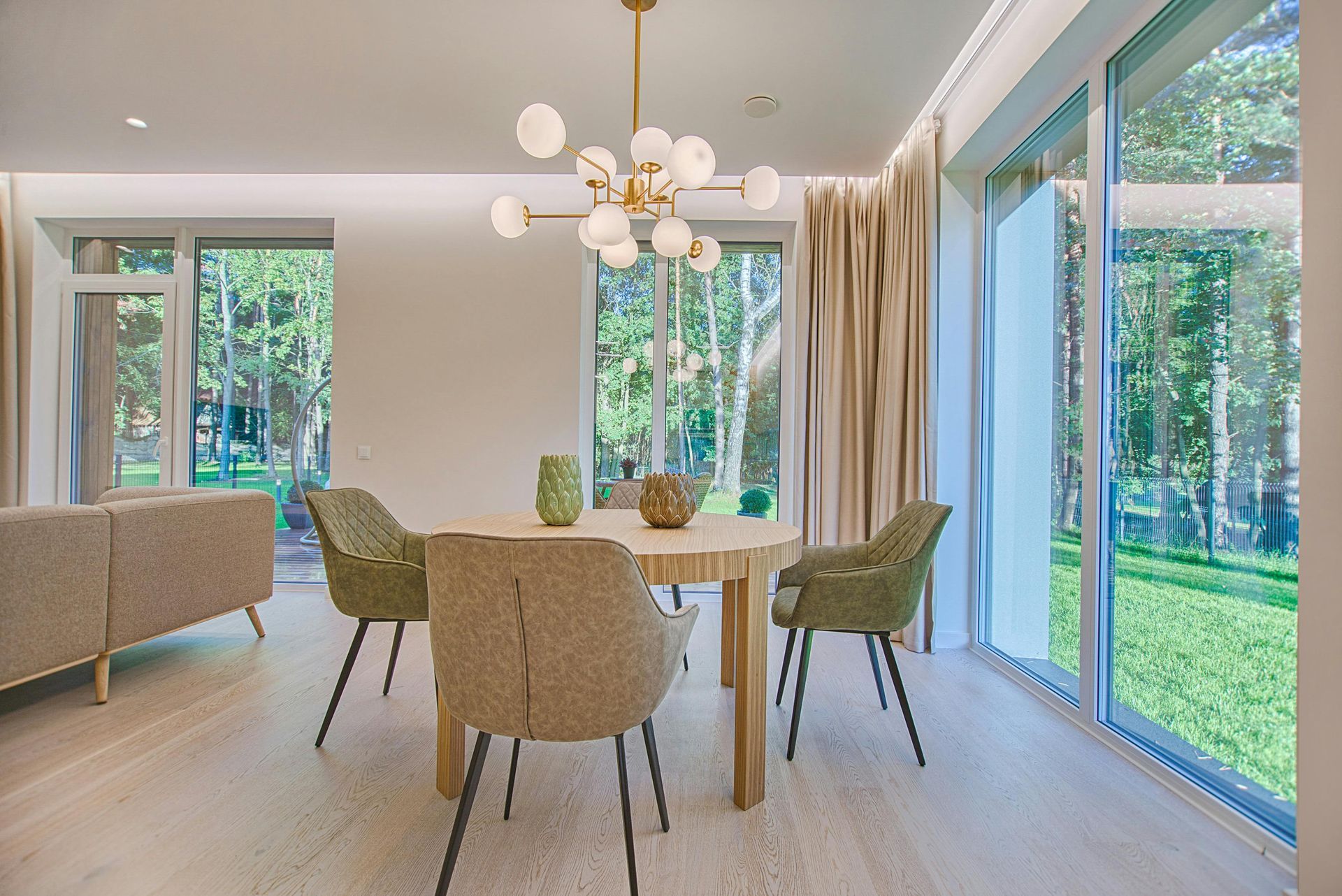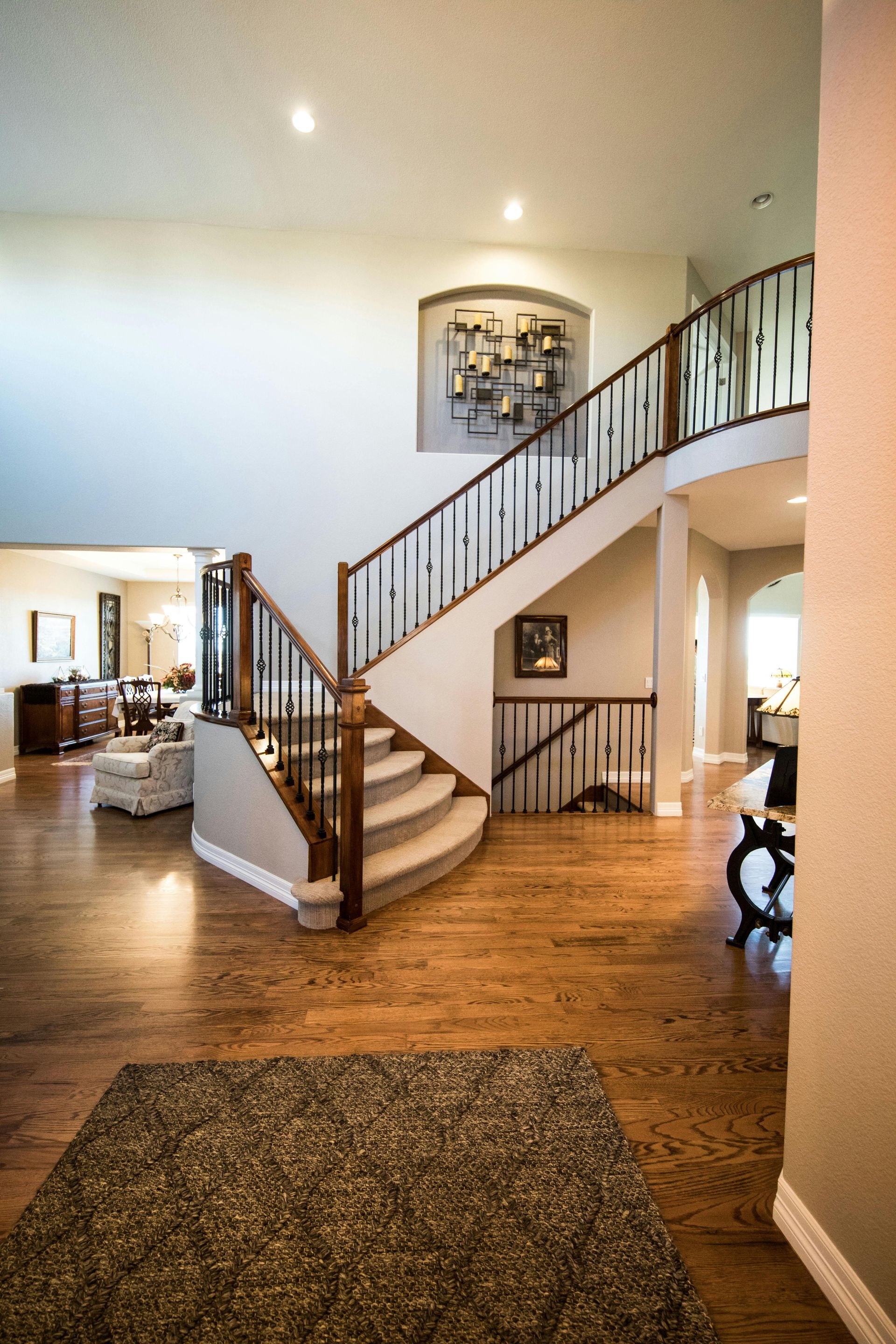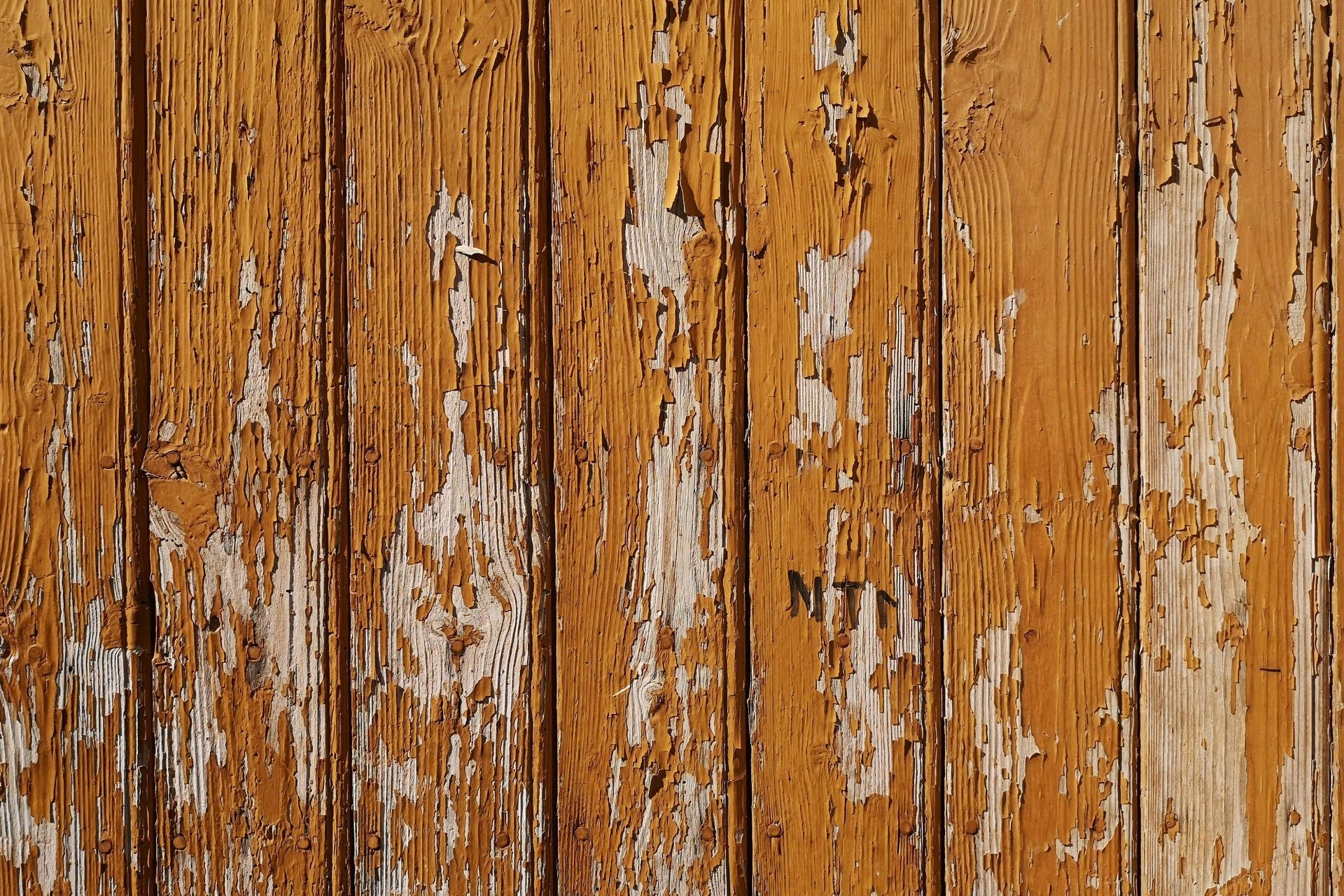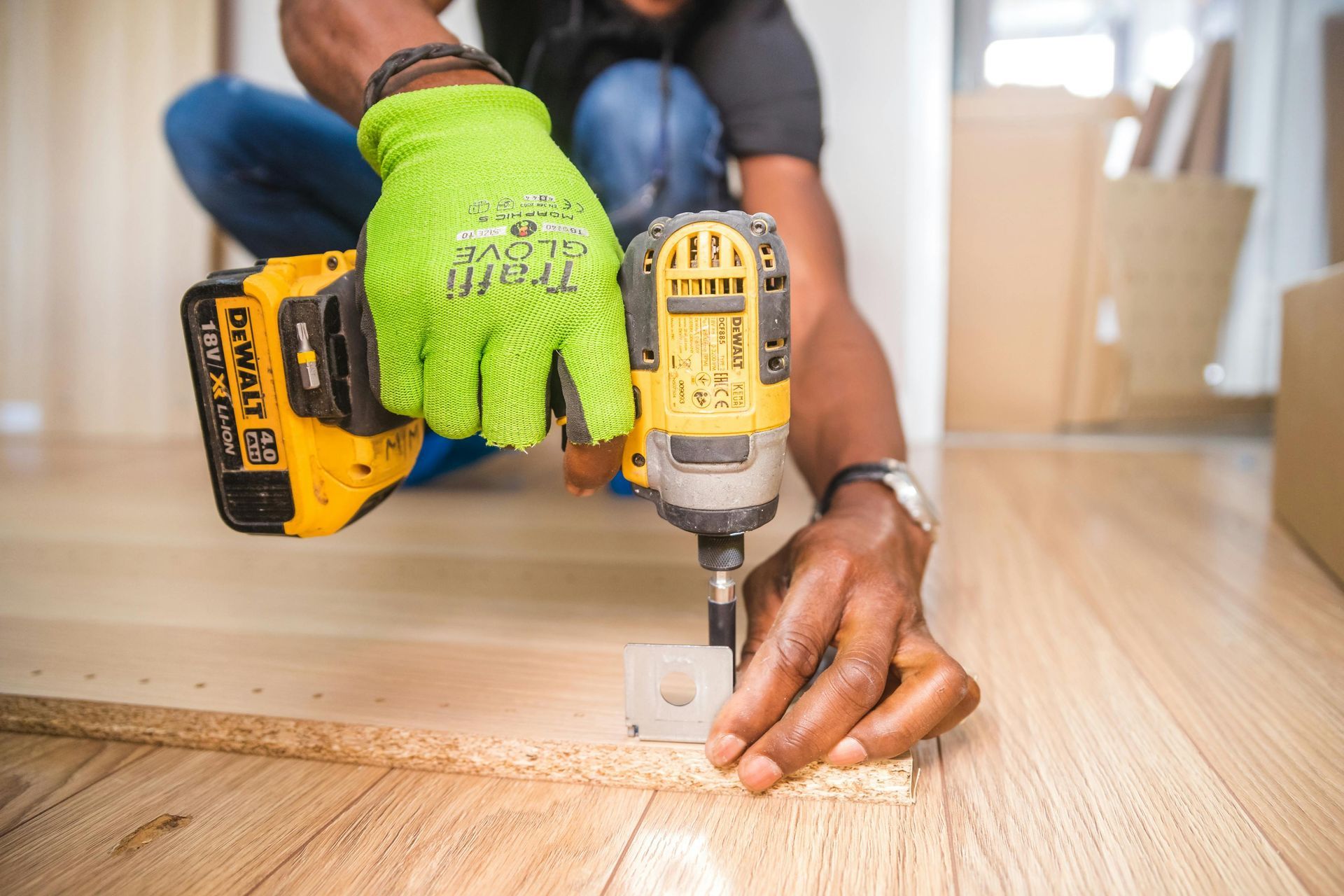Best Woods for Long Island Homes: Oak, Maple, or Cherry?
Choosing the right wood for your Long Island home matters for both style and durability. You want wood that looks beautiful, stays strong over time, and suits your personal taste. Oak, maple, and cherry stand out as top options for flooring, cabinetry, and furniture. At Healthy Home Service, we understand how Long Island’s humid summers and chilly winters affect your wood choices. It’s important to pick materials that handle these changing conditions well.
This guide explains the benefits and drawbacks of oak, maple, and cherry, helping you create a home that’s attractive, healthy, and built to last. Use this information to choose the wood that fits your style and keeps your home in great shape.
Key Takeaways
- Long Island’s humid, fluctuating climate needs durable woods like oak, maple, or cherry to avoid warping or damage.
- Oak offers versatility and moderate cost, maple shines for durability and easy upkeep, and cherry brings rich, elegant style.
- Health matters. Low-VOC finishes and sustainable sourcing keep your home safe and eco-friendly.
- Each wood suits different needs. Oak for classic looks, maple for high-traffic areas, cherry for luxurious accents.
- Consult experts like Healthy Home Service for tailored advice on wood selection for your Long Island home.
Why Wood Choice Matters for Long Island Homes
Long Island’s climate can be tough on wood. Humid summers cause floors to expand and feel damp, while winter’s cold can make wood shrink or crack. Picking the right wood helps keep your home strong and looking good. The right choice also improves indoor air quality, which matters for families with allergies or those who care about being eco-conscious. A beautiful wood floor or cabinet adds warmth and comfort, whether you live in a classic Colonial or a modern Hamptons beach house. At Healthy Home Service, we help you choose wood that can handle Long Island’s weather while keeping your space healthy and stylish. For more ideas, explore our insights on elegant flooring options.
Oak, Maple, and Cherry: An Overview of Each Wood
Oak
Oak is like a reliable friend who always comes through. Its bold grain and warm tones, ranging from light honey to reddish-brown, work well in any Long Island home, from cozy cottages to sleek contemporary spaces.
Durability and Hardness: Oak’s tough, with a Janka hardness rating around 1,200. It stands up well to foot traffic and heavy furniture.
Maintenance Needs: Regular sweeping and occasional polishing keep oak looking fresh. For healthier indoor air, we recommend low-VOC sealants. Learn more about keeping your floors in great shape with our
hardwood floor maintenance services.
Cost: Moderately priced, oak gives you great value, especially for flooring or cabinetry.
Popular Uses: You’ll see oak in wide-plank floors, sturdy cabinets, and rustic furniture throughout Long Island homes. It’s a classic crowd-pleaser. For unique designs, explore our custom hardwood flooring.
Maple
Maple offers a clean, modern look with its smooth, light grain. Its creamy beige to pale gold hues bring brightness and elegance to any room.
Durability and Resistance: Maple’s strength, with a
Janka rating close to 1,450, resists scratches and dents, making it perfect for busy households.
Maintenance and Cleaning: Thanks to its tight grain, maple doesn’t trap dirt. A quick mop keeps it looking fresh, making it a low-maintenance option.
Cost Comparison: Slightly cheaper than oak, maple’s budget-friendly, especially in high-traffic areas like kitchens.
Where Maple Excels: Think sleek flooring in open layouts or minimalist cabinetry in Long Island condos. Maple’s versatility makes it a strong contender for modern homes. To keep your maple floors looking their best, check out our tips on how to extend the life of your hardwood floors.
Cherry
Cherry stands out for its rich, elegant look. Its deep, reddish-brown glow grows even more beautiful with time, giving your home a classic, timeless feel.
Appearance: Cherry’s smooth grain and warm color add sophistication to any space. It naturally darkens, creating a unique, aged look over the years.
Durability and Scratch Resistance: With a Janka rating around 950, cherry is softer than oak or maple but still strong enough for furniture and accents. It’s less ideal for high-traffic floors.
Maintenance: Cherry needs gentle care. Regular dusting and
low-VOC finishes help preserve its beauty.
Price Point: Cherry’s a splurge, often costing more than oak or maple because of its luxurious appearance.
Best Uses: Cherry shines in statement pieces like dining tables, custom cabinetry, or accent walls in upscale Long Island homes.
Comparing Oak, Maple, and Cherry Wood Types
| Feature | Oak | Maple | Cherry |
|---|---|---|---|
| Durability | High | Very High | Moderate |
| Moisture Tolerance | Good | Excellent | Moderate |
| Appearance | Versatile, Bold | Light, Clean | Warm, Elegant |
| Maintenance | Moderate | Easy | Moderate |
Health & Environmental Considerations
- VOC Emissions and Indoor Air Quality: Volatile organic compounds (VOCs) in some wood finishes can irritate lungs or trigger allergies. Choose low-VOC or water-based sealants for oak, maple, or cherry to keep your air clean.
- Sourcing and Sustainability: Look for woods certified by the
Forest Stewardship Council (FSC). Oak and maple are often sustainably sourced in the U.S., while cherry can be trickier. We can guide you to eco-friendly options.
- Hypoallergenic Properties: Maple’s smooth surface traps less dust, making it a top pick for allergy sufferers. Oak’s grain can hold some dust, and cherry’s similar but less of an issue with proper sealing.
Which Wood Is Right for Your Long Island Home?
Choosing the best wood for your Long Island home depends on your lifestyle, design taste, and budget. Each wood brings different benefits that can help your home look beautiful and stay strong through the island’s changing seasons.
- Busy Households: Go with maple. Its high durability and easy upkeep make it perfect for families with kids, pets, or frequent guests. Maple stands up well to scratches and dents, making it ideal for open-plan floors, kitchen cabinets, or other high-traffic areas.
- Classic or Rustic Vibes: Oak’s your guy. Its bold, visible grain and warm tones bring character to any space. Plus, its moderate price makes it a smart pick for Long Island’s traditional homes, from classic houses in Levittown to charming spaces in Montauk. Oak works beautifully for wide-plank flooring, rustic furniture, or timeless cabinetry.
- Luxury and Elegance: Cherry’s the star if you’re after a luxurious feel. Its rich, reddish-brown glow and smooth texture add sophistication and warmth. Use cherry for statement furniture, custom cabinetry, or elegant details in dining rooms and upscale living spaces. Over time, cherry deepens in color, giving your home a unique, timeless look.
- Budget-Conscious: Both maple and oak keep costs reasonable without sacrificing style or strength. They’re versatile choices that let you upgrade your home without stretching your budget too far.
- Eco and Health Focus: For a safe and sustainable option, choose maple finished with low-VOC products to maintain healthy indoor air quality. No matter which wood you pick, look for FSC-certified sourcing to make sure your materials come from responsibly managed forests.
Frequently Asked Questions
What is the most durable wood for Long Island homes?
Maple’s the toughest option for Long Island homes. It has a high Janka rating, meaning it resists scratches and dents better than many other woods. This makes maple an excellent choice for busy areas like kitchens, hallways, or open living spaces where foot traffic and activity are constant.
Are maple floors easy to maintain?
Yes, maple floors are very low-maintenance. Thanks to its tight grain, maple doesn’t trap dirt or dust as easily as some other woods. A quick sweep or mop keeps it looking clean and fresh. For a healthy home, use low-VOC cleaners that protect indoor air quality without harsh chemicals.
Does oak wood resist humidity?
Oak performs well in Long Island’s humidity, especially when properly sealed. While all wood can expand or contract with moisture, oak’s structure holds up reliably against changes in temperature and humidity. It’s a solid choice for flooring or cabinetry, maintaining both durability and appearance through the seasons.
Is cherry wood eco-friendly?
Cherry wood can absolutely be an eco-friendly option if it’s FSC-certified, meaning it comes from responsibly managed forests. Always check your supplier’s sourcing practices. Pairing cherry with low-VOC finishes not only protects your health but also makes it a more eco-conscious choice, ensuring beautiful woodwork that’s sustainable for the environment.
Which wood is best for allergy sufferers?
Maple’s smooth surface makes it one of the best woods for people with allergies. Its tight grain prevents dust, pollen, and other allergens from settling into the wood, keeping indoor air cleaner. For extra protection, finish maple with low-VOC sealants to reduce potential irritants and maintain a healthy home environment.
Final Thoughts
Choosing the right wood for your Long Island home means finding the perfect balance of style, durability, and health. Oak offers versatile beauty that fits many designs, maple stands out for its unbeatable toughness, and cherry brings a touch of luxury to any space.
In Long Island’s humid climate, it’s important to pick wood that can handle moisture and keep its good looks over time. Using low-VOC finishes and choosing sustainable sourcing help create a home that’s not only beautiful but also healthy and environmentally friendly. When you’re ready to start your project,
contact Healthy Home Service today. We’ll help you choose the perfect wood for your flooring, furniture, and every corner of your home. Let’s make your space shine.

